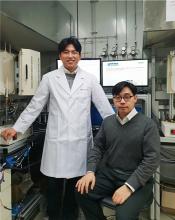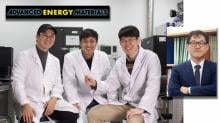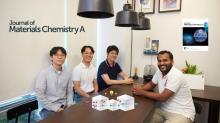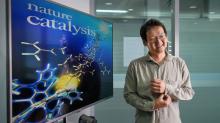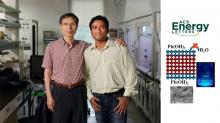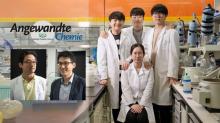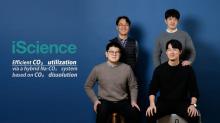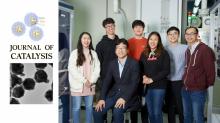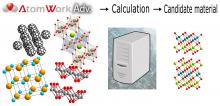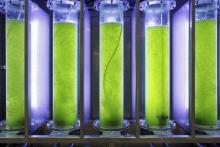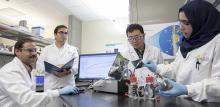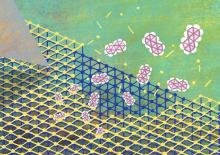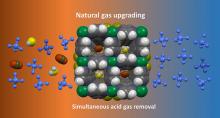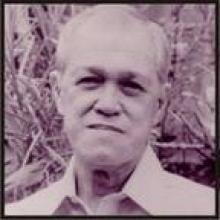Energy
News

28 Jan 2019
Combining a polymer and microparticles enables a new type of capacitor that could mimic the way the brain processes information.
28 Jan 2019
Researchers have taken a major step toward the development of a new generation of solar cells, using lead-free perovskites.
25 Jan 2019
Researchers in Korea have introduced a novel catalyst that can significantly enhance the performance of perovskite electrodes in Solid Oxide Fuel Cell (SOFC).
24 Jan 2019
Researchers have developed photocatalyst recipes for producing polymers that make up chemicals such as inks and surfactants. The findings will pave way for designing photocatalysts through computers in future.
23 Jan 2019
Researchers in South Korea have presented an easy, facile, and cost-effective synthetic method, capable of stabilizing perovskites without addition of foreign coating materials in aqueous media.
22 Jan 2019
A new type of organic solar cells with high flexibility can withstand up to 100 continual bending/unbending cycles.

21 Jan 2019
Two students, affiliated with South Korea's Ulsan National Institute of Science and Technology (UNIST) have been honored with the 2018 Talent Award of Korea.
21 Jan 2019
A team of researchers has developed a system that produces electricity and hydrogen (H2) while eliminating carbon dioxide (CO2).
18 Jan 2019
The primary component of natural gas, methane, is itself a potent greenhouse gas. A recent study, affiliated with South Korea's Ulsan National Institute of Science and Technology (UNIST) has unveiled a high performance catalyst for methane conversion to formaldehyde.

09 Jan 2019
Researchers in Korea have fabricated nano-sized catalysts that could improve the performance and production of clean energy fuel cells.
07 Jan 2019
A more systematic, data-driven approach could identify materials that can improve our energy use.
13 Dec 2018
Direct electrolysis has mixed results for extracting fuel sources from microalgae.
10 Dec 2018
Helpful microbes inhale CO2 through a porous cylindrical electrode and exude useful chemicals.
03 Dec 2018
Real-time imaging has shown the surprising flexibility of a crystal surface upon guest molecule introduction, with implications for storage and sensing devices.
27 Nov 2018
A compound made from the glycerol by-product of biodiesel production could promote cleaner burning in vehicle engines.
30 Oct 2018
A metal-organic framework that selectively removes impurities from natural gas could allow greater use of this cleaner fossil fuel.
Events
Sorry, no events coming up for this topic.
Researchers
Sorry, no researchers coming up for this topic.
Giants in history
Julian Arca Banzon (13 March 1908 – 13 September 1988) was a biochemist from the Philippines who was a pioneer in alternative fuel research. Banzon investigated the use of indigenous crops as sources of renewable fuels and chemicals.
Anna Mani (23 August 1918 – 16 August 2001) was an Indian meteorologist who contributed significantly to the understanding of solar radiation, ozone and wind energy by developing a wide range of measurement tools. One of India’s pioneering female scientists, Mani excelled in the male-dominated area of meteorology and became the Deputy Director-General of the India Meteorological Department.


